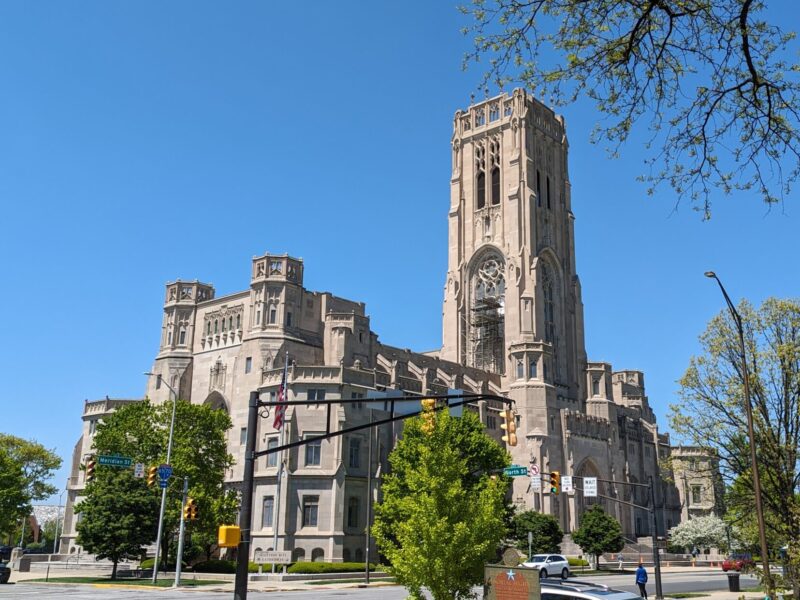A bit of a hybrid of Victorian architecture styles,
Culbertson Mansion West is a historic mansion built for Samuel Culbertson, a prominent figure in the late 19th-century Louisville, Kentucky. The mansion stands as a testament to the wealth and influence of Culbertson during that era and is significant for its architectural splendor and historical importance.
Construction: Construction on Culbertson Mansion West began in the late 19th century, around 1888, and was completed in 1899. Designed by notable architect J.G. Luttig, the mansion exemplifies the grandeur and opulence of the Gilded Age. Its architectural style blends elements of Richardsonian Romanesque and Second Empire architecture, featuring elaborate detailing, intricate woodwork, and ornate facades.
Owner: Samuel Culbertson, a wealthy businessman and philanthropist, commissioned the construction of the mansion. Culbertson made his fortune in the tobacco industry and was one of the wealthiest men in Louisville during his time. The mansion served as both a residence for Culbertson and his family and a symbol of their social status and prominence in the community.
Significance: Culbertson Mansion West is significant not only for its architectural beauty but also for its historical importance. It offers a glimpse into the lavish lifestyle of the elite class in late 19th-century Kentucky and serves as a reminder of the economic prosperity and cultural flourishing of that period.
Legacy: After Samuel Culbertson’s passing, Culbertson Mansion West remained in the family for several decades before eventually being sold to private owners. In 1985, the mansion was designated a National Historic Landmark in recognition of its architectural significance and historical value. Today, Culbertson Mansion West stands as a museum, offering guided tours that provide visitors with insight into the mansion’s rich history and the life of Samuel Culbertson and his family. The mansion serves as a cultural and educational resource, preserving the legacy of one of Louisville’s most influential figures and contributing to the appreciation of its architectural heritage.


